
Kate Andrias is the Patricia D. and R. Paul Yetter Professor of Law at Columbia Law School.
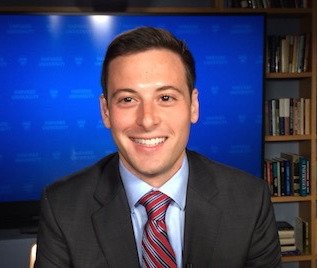
Alexander Hertel-Fernandez is an assistant professor of public affairs at Columbia University and a visiting scholar at the Russell Sage Foundation.
This post was originally published on Fireside Stacks.
Ezra Klein argues in his recent op-ed (and at greater length in his compelling new book with Derek Thompson) that a central problem facing Democrats is the crisis of scarcity. According to Klein, the places where Democrats govern are unaffordable because rules and political cultures constrain production and provision of housing, public transit, childcare, clean energy, and other valuable goods and services—and ultimately hobble effective government. He contends we can solve the pressing problems facing Americans—and offer a retort to Elon Musk and Donald Trump—with a new policy and politics of “abundance.” Abundance, as Klein describes it, is a political movement of supply: Instead of focusing on the (re)distribution of scarce existing resources, politicians should focus on expanding supply.
We agree that abundance is a worthy goal for the progressive movement, as is the project of reforming government to ensure it is delivering goods quickly and effectively.
But in order to be effective, abundance policy must benefit and build power for working- and middle-class Americans rather than enriching and empowering concentrated economic interests and generating a populist backlash that undermines democracy.
In particular, as two scholars of labor and American political economy, we seek to highlight the role that unions—workers’ best instrument for building collective economic and political voice—can play in the abundance movement.
At present, proponents of abundance are divided in their views of organized labor. Klein acknowledges that unions are not necessarily opposed to an abundance agenda. For example, he has stressed that Pennsylvania Governor Josh Shapiro’s remarkably rapid rebuilding of I-95 used union labor, noting “[t]here’s nothing about unions doing projects that means they can’t be done fast.” However, a number of other abundance proponents have suggested that unions and labor-related policies are obstacles to greater production, construction, and robust state capacity. These critics argue that unions raise the costs of housing by insisting on the use of union labor for construction; oppose transitions to clean energy because of their representation of unionized workers in fossil fuel industries; and delay government action with bureaucratic processes that make it hard to hire and fire workers at will.
What is missing from the abundance debates thus far is a recognition of the positive role that unions can play as a partner in achieving abundance, as well as a reckoning with the trade-offs involved in weakening labor power in the pursuit of abundance.
Organized labor can advance abundance in several ways.
We draw attention to three here.
First, unions can facilitate faster construction on large-scale projects through the provision of skilled labor throughout a project. This function is critical as labor shortages are one important source of delays in construction. An evaluation by the US Department of Labor found that the use of unionized labor helped to prevent shortages of skilled construction labor for New York City schools. More recently, during the labor shortages throughout the COVID-19 pandemic, unionized contractors reported fewer issues in filling open specialized craft positions than nonunion contractors.
Second, unions can help create the political will for abundance by forming coalitions to lobby the government to expand production or construction. In states across the country, building trade unions are helping to train their workers in construction for the clean energy transition, such as building and assembling wind turbines. In turn, those unions are joining with climate advocates and clean energy firms to expand state targets for clean energy production. Fostering more of these joint coalitions could help unlock further production in other sectors, such as health care, childcare, or public transportation.
Third, engaging unions—and other civic organizations—in the process of crafting abundance policy can help ensure the efficacy and the democratic legitimacy of the projects. That is, when workers are at the table, the policy outputs are more likely to serve the needs of working people and to have political buy-in of diverse communities. One way to provide workers a seat at the table is through “tripartite” administrative structures that bring representatives of workers, employers, and the public together on councils or committees that help set policy and then implement it.
The tradition of tripartism in the United States is weaker than in other rich democracies, especially in Northern Europe. But where we have tried tripartism in this country, it has often produced better outcomes for all. During World War II, for example, the United States engaged in wartime tripartite bargaining between unions, wartime supply manufacturers, and government through the National War Labor Board. The deals struck between the actors ensured continuous wartime production around the clock with access to skilled labor, and enabled more labor peace than would have been present without the deals. They also buoyed union membership, which in turn helped increase the wages, benefits, and collective voice of workers, strengthening the economy and democracy during the postwar period. More recent examples underscore that when labor is involved in policymaking, it can contribute shop floor expertise that makes production of goods and services more efficient and effective. In one powerful example, unionized nurses were able to bring their expertise to speed up implementation of health IT investments such as electronic health records relative to nonunion nurses.
What makes unions especially important vehicles for building participation into government decisions is their internally democratic structure. Unlike other civic groups that may be “bodiless heads”—professional staffs with no mass constituency to hold them accountable—unions, by definition and by law, are democratically run membership organizations. At their best, they aggregate and represent the views of millions of workers. In this way, union involvement in the policy process increases the democratic legitimacy of the process, and avoids the problem abundance proponents highlight of individual citizens or professional advocacy groups capturing and stymieing government decisions.
Unions’ relationship to abundance is not monolithic.
The role that unions play in supporting an abundance agenda is likely to vary by sector and by the presence of unions with varying organizational cultures, structures, and incentives. We acknowledge the resistance to the clean energy transition, for example, among some unions representing traditional automobile manufacturing workers and extractive industry workers, as well as labor opposition to technological automation and trade. But that resistance comes in part from a history of policy that prioritized corporate profit over workers’ interests, facilitating significant capital flight and failing to ensure adequate job quality and replacement in the face of technological adoption. Such resistance can likely be mitigated by an abundance policy that does not make the same mistakes.
In addition, we anticipate that unions are more likely to be partners in an abundance agenda when they represent broader constituencies of workers across industries and occupations—and thus are more attuned to the costs of scarcity. With this in mind, we believe that the reforms proposed by some labor scholars and advocates, such as complementing workplace bargaining with more sector- or region-based organizing and bargaining, could also help align unions with an abundance approach. This is especially true to the extent that stronger sectoral or regional organizing and bargaining approaches for the American labor movement could support more tripartite policymaking.
On net, the evidence suggests that unions can be important partners in securing more—and better—production of goods and services while also ensuring that the distribution of economic gains is shared equitably across workers and while giving working- and middle-class Americans a stronger political voice. This brings us to our last concern with the abundance framework.
Ultimately, the neglect of labor by those who urge abundance is indicative of a broader problem.
The discourse to date has often obscured the potential trade-offs involved between the abundance agenda and the health of the broader American political economy. Concerns about the distribution of income and wealth or the responsiveness of government to working-class citizens barely make an appearance in most abundance discussions. The focus instead is on growing aggregate wealth and supply.
Likewise, the failure of many abundance advocates to grapple with labor is indicative of a broader neglect of the political economy of policymaking—namely, the role that organized economic interests representing economic elites play in exploiting veto points across levels of governance and the ability of organized workers to serve as a countervailing force to that influence. More frequently, the focus of the abundance movement is on simply eliminating veto points—such as environmental reviews or public comment periods—rather than building representative, countervailing power that can channel the views of working-class Americans into the policy process.
Economic policy that ignores concerns about economic and political power threatens the health of a multiracial, egalitarian democracy.
It also is bad for abundance on its own terms. Any effort to expand production of scarce resources over a sustained period of time will require supportive political coalitions, of which labor can often play an important role. In contrast, if policymakers pursue an abundance agenda without attention to the economic and political voice of workers, they are more likely to produce populist backlashes that undermine economic growth and democracy. Policies that create more jobs without regard to whether they are good jobs—or, worse, policies that suppress labor standards—are likely to leave important swaths of workers with grievances they may funnel into populist movements.
To be sure, additional research is needed to better inform policymakers’ understanding of the trade-offs and complementarities between labor and the abundance agenda and to help inform precisely how labor can best be engaged. For example, how might sectoral approaches explored by an increasing number of localities and states be directed toward abundance aims? But the goal must be an abundance agenda that serves working people—not the economic and political elites who have already gained so much power over government. For that, we need to build in mechanisms for workers to exercise power over the policymaking process and to benefit from abundance projects.
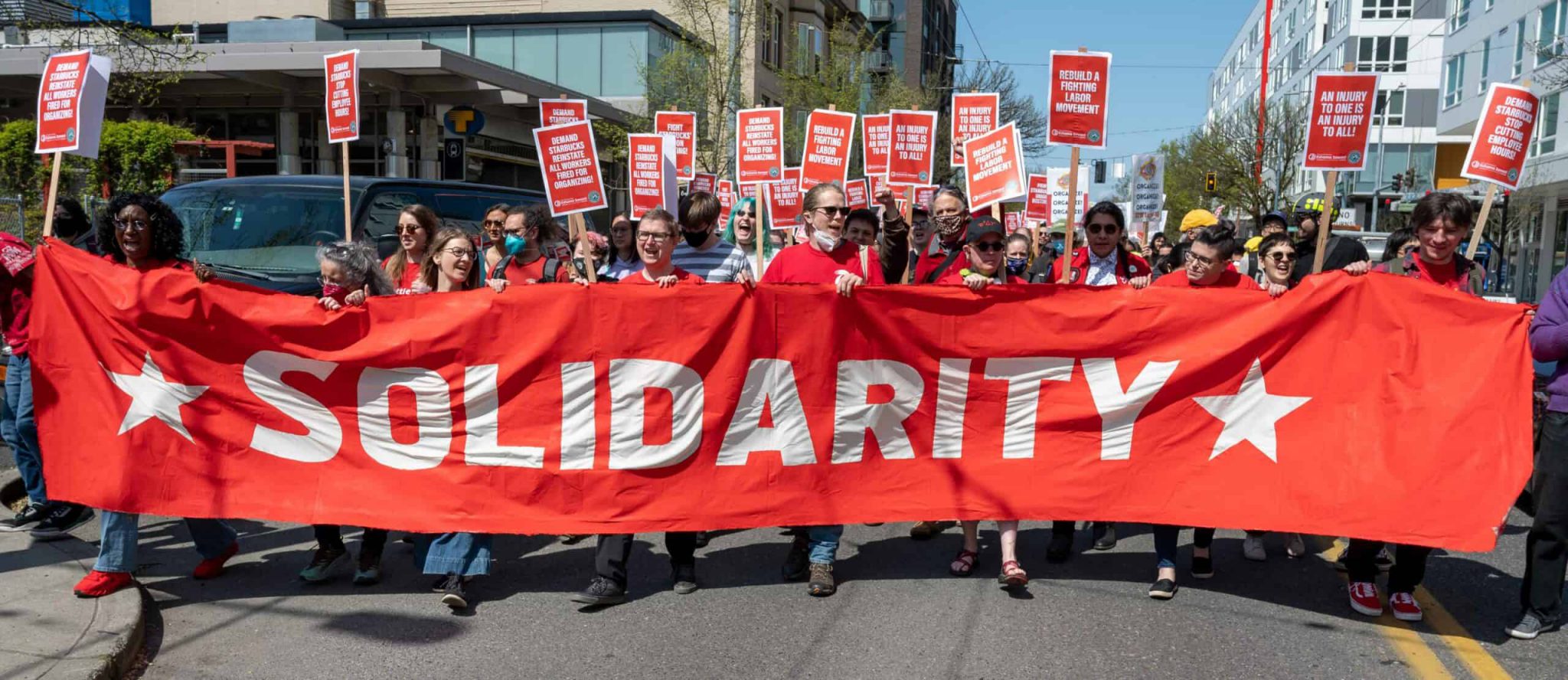


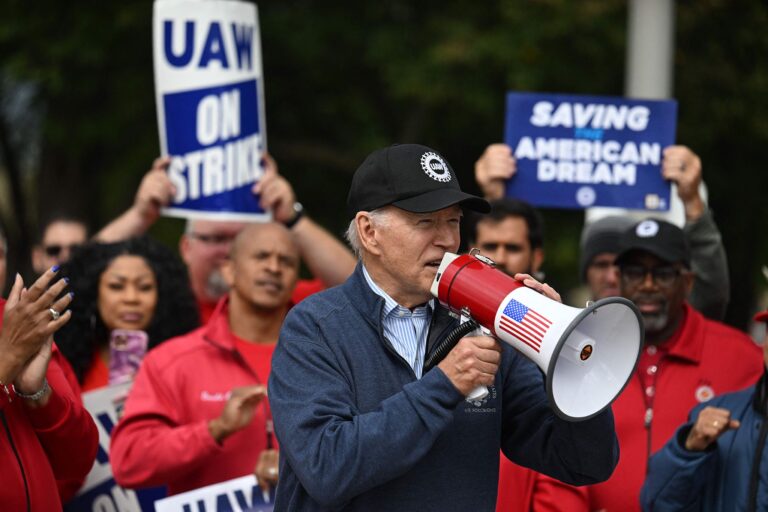

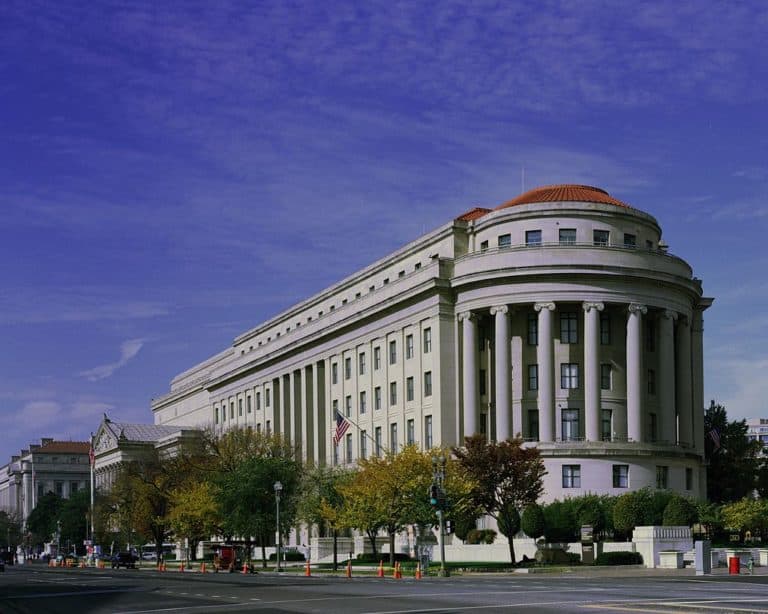


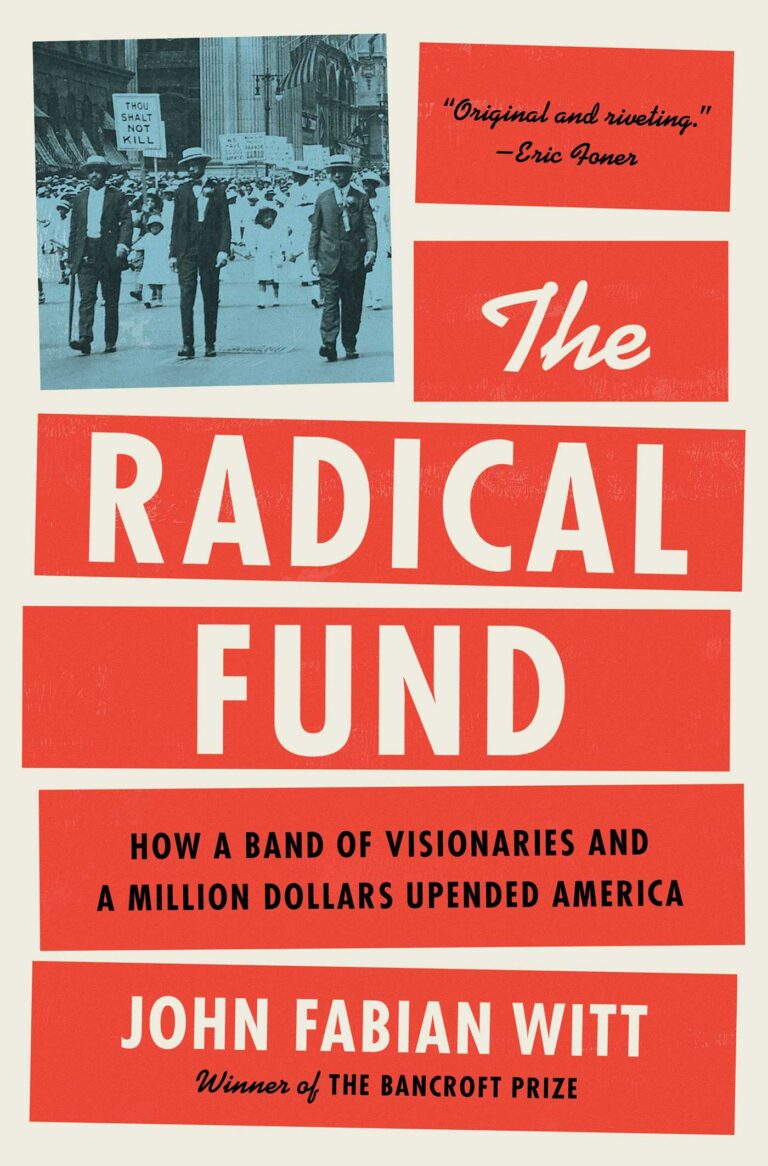
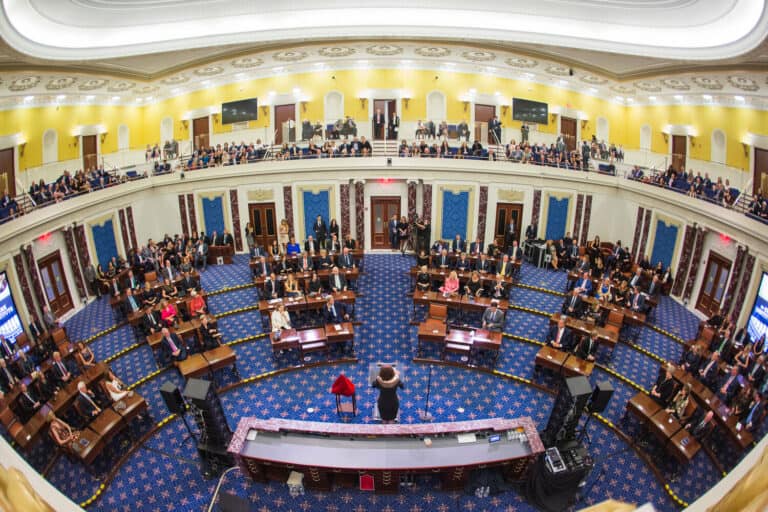
Daily News & Commentary
Start your day with our roundup of the latest labor developments. See all
November 14
DOT rule involving immigrant truck drivers temporarily stayed; Unions challenge Loyalty Question; Casino dealers lose request for TRO to continue picketing
November 13
Condé Nast accused of union busting; Supreme Court declines to hear Freedom Foundation’s suit challenging union membership cancellation policies; and AFT-120 proposes a “Safe Sleep Lots” program for families facing homelessness.
November 12
Starbucks and the NLRB face off over a dress code dispute, and mental healthcare workers face a reckoning with AI.
November 11
A proposed federal labor law overhaul, SCOTUS declines to undo a $22 million FLSA verdict, and a railroad worker’s ADA claim goes to jury trial.
November 10
Meta unveils data center ads; partisan government emails blocked by judge; thousands protest in Portugal.
November 9
University of California workers authorize the largest strike in UC history; growing numbers of legislators call for Boeing to negotiate with St. Louis machinists in good faith; and pilots and flight attendants at Spirit Airlines agree to salary reductions.